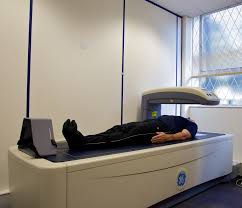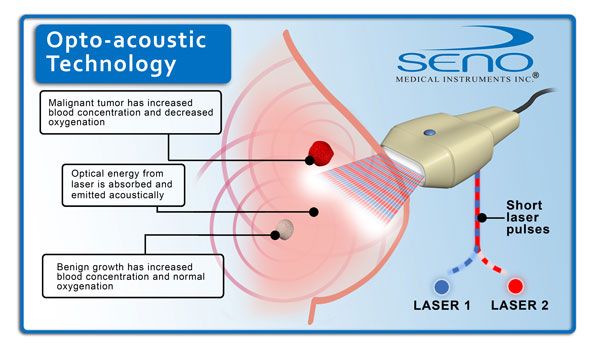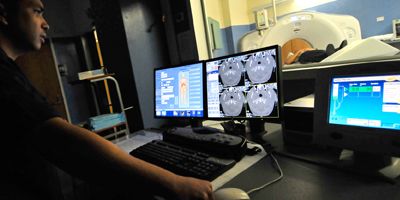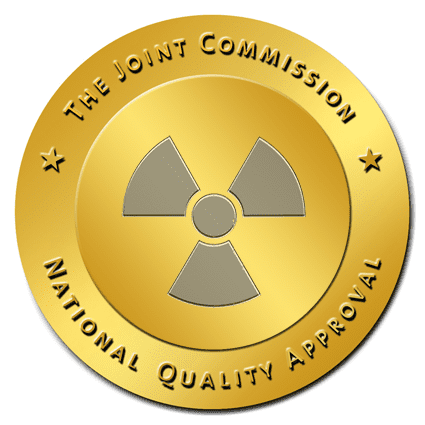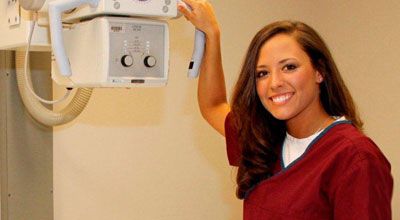Imaging Pediatric Patients: What Are Best Practices?

Radiologic technologists should be aware that children are not merely small adults and that imaging pediatric patients requires certain special techniques. In fact, children have been the subject of many landmark events in medical ethics. Children undergoing radiographic imaging require special consideration not only because of their small size but also because they are more sensitive than adults to the adverse effects of ionizing radiation. In addition, children have a longer remaining lifespan during which the effects of radiation exposure can manifest. Therefore, adherence to the ALARA philosophy is critical during pediatric digital imaging.
